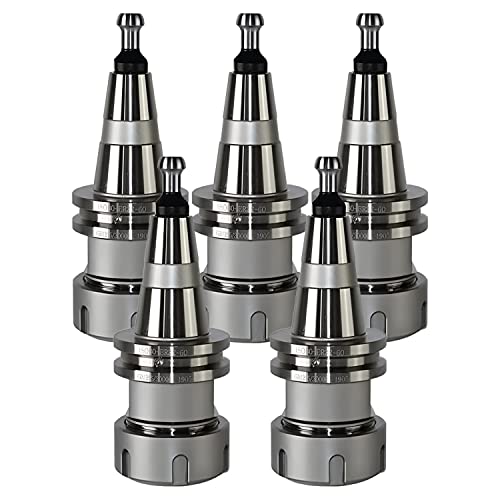- Joined
- Jan 3, 2008
- Messages
- 2,085
- Reaction score
- 17
Tel, thanks for the kind words. If the project turns out well, as I hope and expect it to, I have wondered what their reaction might be...not from a job standpoint (after all this is a 60 year old engine)...but if it were to become a published project or the plans offered, it obviously contains their trademarked name. Something to ponder at least. I can't imagine B&S being upset but I would much rather have their approval or support or even endorsement if it were to get to that point. For now I'll just keep plodding along.
Bill
Bill


















































![TurboCAD 2020 Designer [PC Download]](https://m.media-amazon.com/images/I/51UKfAHH1LL._SL500_.jpg)







![DreamPlan Home Design and Landscaping Software Free for Windows [PC Download]](https://m.media-amazon.com/images/I/51kvZH2dVLL._SL500_.jpg)






















